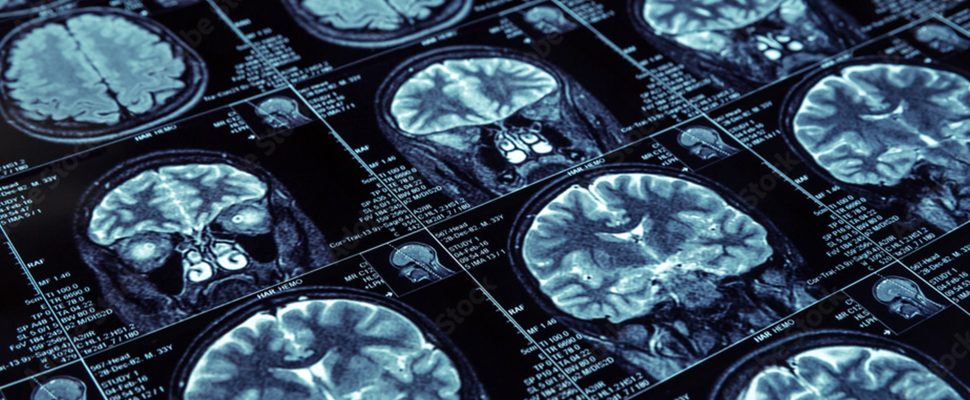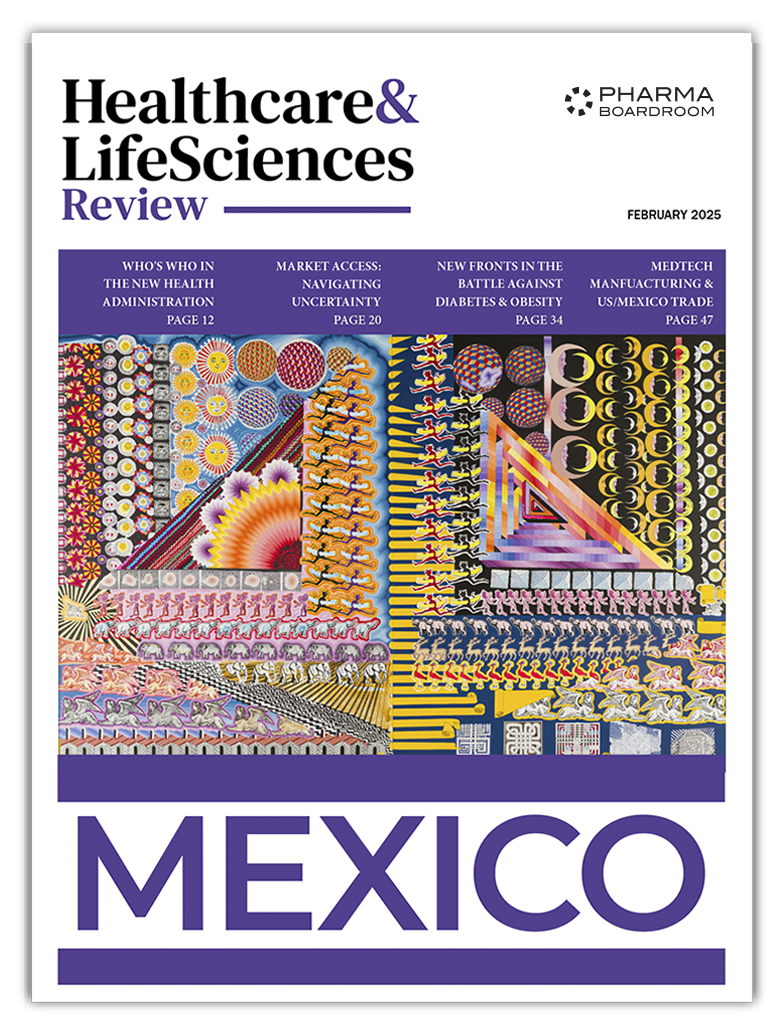As a result of its ageing demographic, China has seen a sharp rise in Alzheimer’s Disease (AD). The country’s AD patients over 60 already total some ten million and as the population ages, that number is expected to climb. A new report from Selesta looks at the country’s current standards of care as well as the medicines already approved and the promising next-generation AD therapies currently in the pipeline.
Growing Prevalence in China
Alzheimer’s disease (AD) is an age-related disease that mainly effects people over 65 and as the Selesta report points out, it is the most common type of dementia, representing 60-80 percent of all dementia cases.
Globally, there were 57 million people living with dementia, including Alzheimer’s, in 2021, with China contributing some 17 million cases and representing about 30 percent of those cases. China’s AD patients over 60 already number about ten million and with 24 percent of the population set to be 60+ by 2030, the number of patients with AD is sure to advance in the future.
Therapies Available to Chinese Patients
A progressive disease beginning with mild memory loss and worsening into an inability to respond to one’s environment, AD is a notoriously difficult disease to treat. Tens of billions of dollars have been spent on Alzheimer’s R&D and over the past 30 years dozens of drugs have abandoned biopharma pipelines after achieving little or no success.
A ray of hope came to the field with the FDA approvals of three amyloid-targeting therapies – Biogen’s Aduhelm (aducanumab), Eisai’s Leqembi (lecanemab), and most recently Eli Lilly’s Kisunla (donanemab). All of these drugs demonstrated clinical efficacy in slowing cognitive decline in early-stage AD patients.
In China, both Leqembi and Kisunla have been approved, but their high cost of about USD 26k per year and the fact that they lack National Reimbursement Drug List (NDRL) coverage have limited access for patients in China.
Local biotech Green Valley’s sodium oligomannate (GV-971) was approved in China in 2019 as the world’s first Alzheimer’s drug targeting the gut-brain axis. Priced at USD 1 per capsule and with NDRL inclusion in 2022, its annual cost is about USD 2,000 with an annual out-of-pocket expense of some USD 1,000, making it more affordable for patients in the country.
Diagnostic Advances
Meanwhile, there have been some important breakthroughs in the diagnosis of AD. Next-generation tools are enabling earlier and more accurate detection of the disease. Amyloid-PET and Tau-PET scans can now visualize brain pathology in vivo, while CSF biomarkers and ultra-sensitive plasma tests offer minimally invasive alternatives with an over 90 percent accuracy rate.
However, cost-related and access challenges remain for Chinese patients with PET scans costing some USD 1.4k and only available in large hospitals. But as the Selesta report indicates, initiatives like the National Dementia Prevention and Treatment Plan and AI diagnostics are aiming to improve screening in China.
Emerging Therapies
Although existing therapies have shown the ability to slow the disease’s progression, their efficacy is still limited, their safety profiles are less than optimal, and they are not always inconvenient to administer. But most importantly, none of the available therapies are able reverse the disease.
A number of emerging approaches such as GLP-1-based therapies and gene editing have set out to offer transformative strategies to tackling AD. In China, some notable AD pipelines include biologics such as SHR-1707 (Hengrui, anti-Aβ mAb, Ph II) and CM383 (Keymed, anti-Aβ mAb, Ph I), as well as small molecules such as varoglutamstat (Simcere/Vivoryon, QPCT inhibitor, Ph II), RP-902 (Risen Pharma, anti-Aβ small molecule, Ph II) and flunopirine (Kanion, AChE inhibitor, Ph II) which aim for oral convenience.



